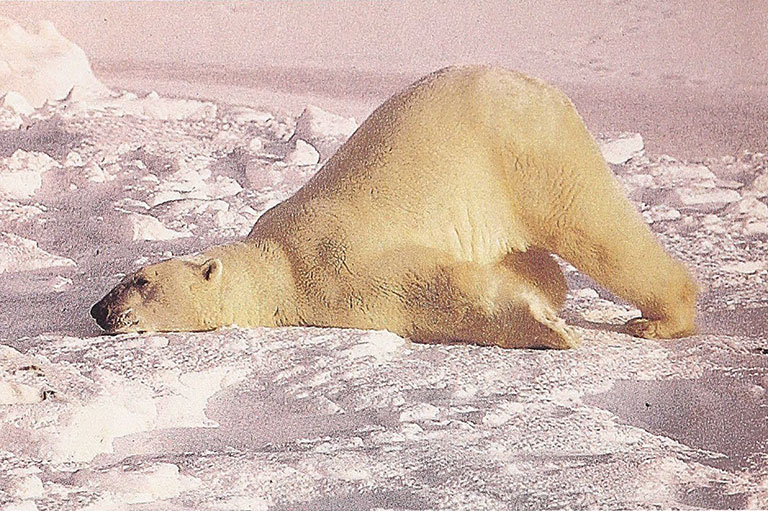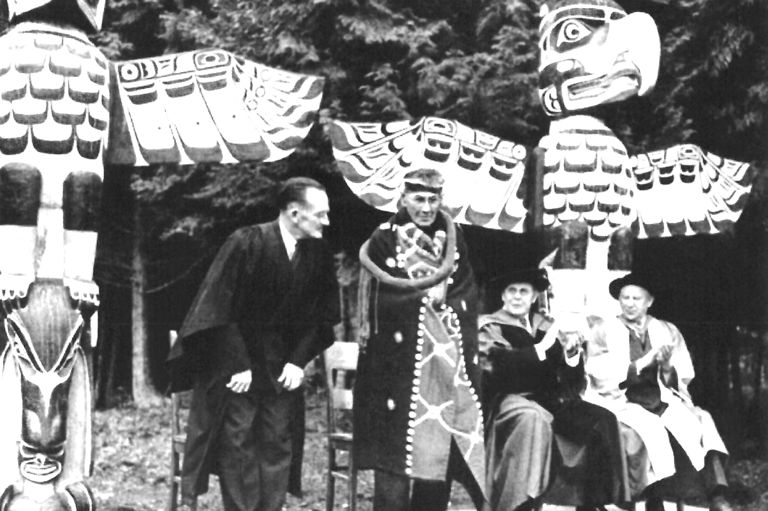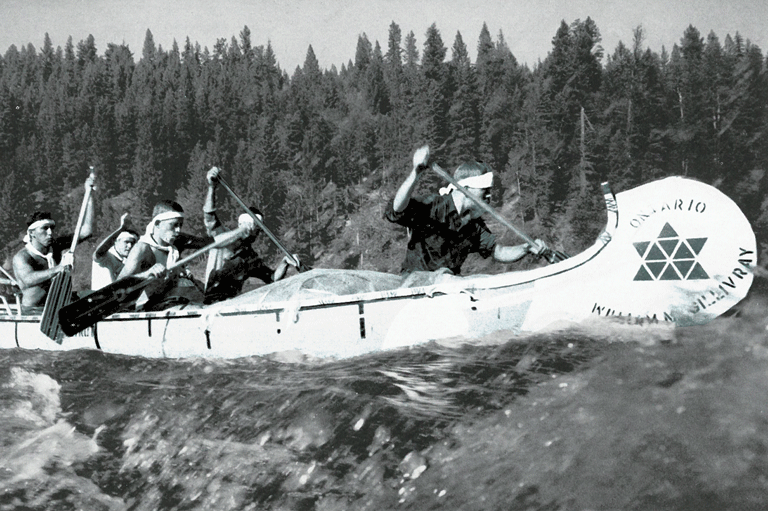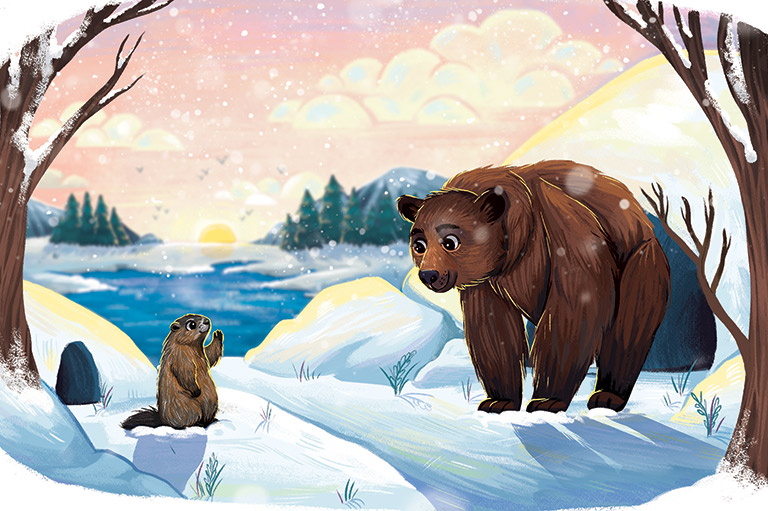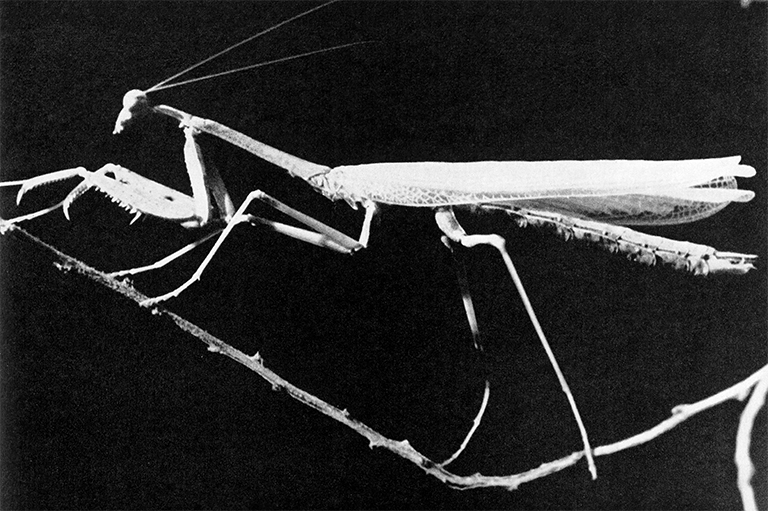Saving the Trumpeter Swan
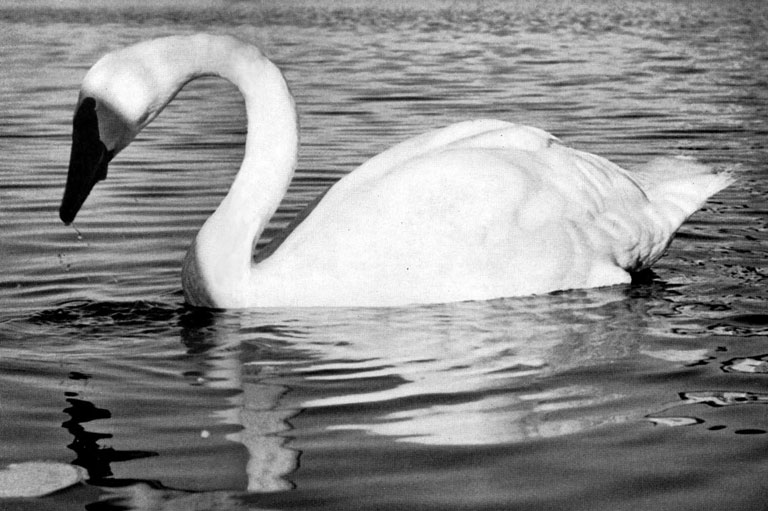
The trumpeter swan is celebrated for its majestic appearance, considerable size, and graceful motions, but it wasn’t long ago that the species was close to singing its own swan song.
In the Winter 1955 edition of The Beaver, a feature article created by husband-and-wife team Richard and Lyn Harrington gave a first-hand look at the lengths to which some people in Canada and the United States were going to keep the trumpeter swan alive.
The article titled “Triumph of the Trumpeter” states that for much of the early twentieth century the trumpeter swan population in North America was dwindling, and extinction seemed a foregone conclusion. By the 1950s, however, the species was making a comeback, as conservation groups beefed up efforts to keep them alive.
In the mid-1950s, Bernard Hamm held the unique title of Swan Guardian of the Alberta Peace River and worked to save trumpeter swans that settled and bred in the Grande Prairie region of Alberta.
The swan standing next to him in the photo on the right might seem calm, but in actuality the bird was dead and had been stuffed so that Hamm could use it as a visual aid while giving lectures about his work. Hamm would typically watch over trumpeter swans in the region from April until late fall and would do what he could to protect the birds and their eggs.
With 7 uniquely curated newsletters to choose from, we have something for everyone.
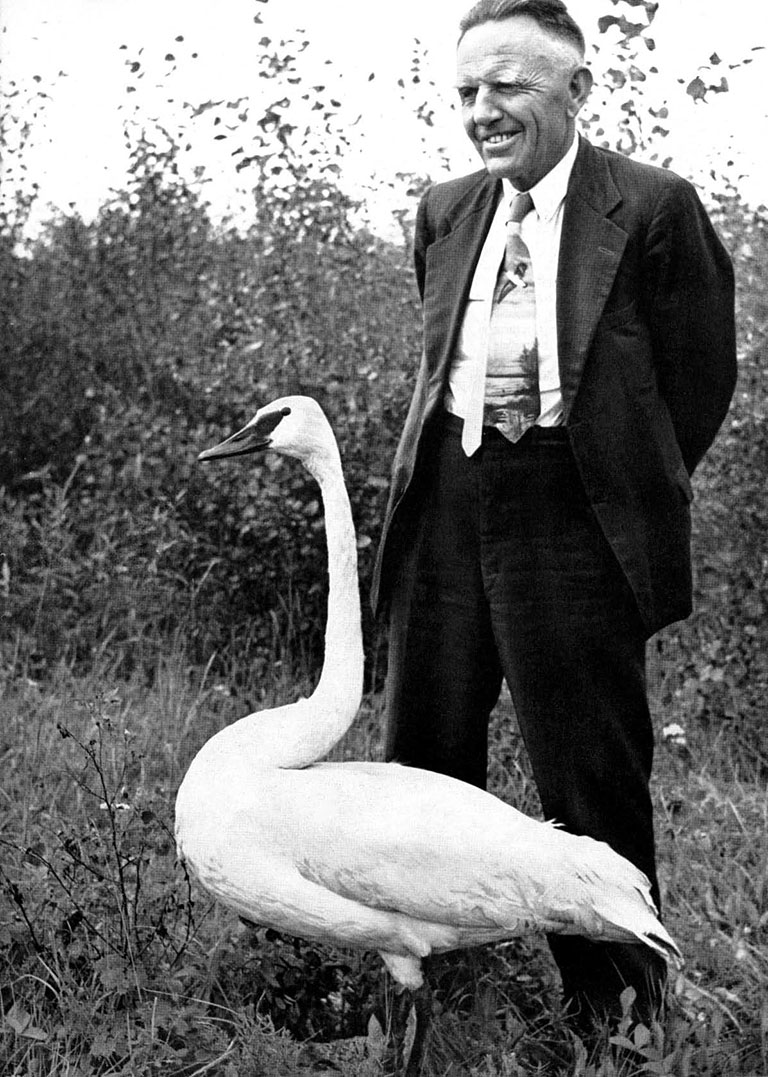
The job didn’t come without risks, as one of Hamm’s assigned tasks was to remove infant swans from drying sloughs and get them to areas with water.
But as the article states, when it comes to protecting their offspring, adult swans are “fiercely protective, and a smart blow of their powerful wings can break a man’s leg.”
Today the trumpeter swan is thriving in North America, with a population of more than sixty-three thousand birds as of 2015, according to statistics released by the Trumpeter Swan Society.
While we celebrate Earth Month every April, it's important to remember our impact on nature and the environment every day. The First Nations, Inuit and Metis of Canada understood the importance of living in harmony with nature, and shared that knowledge with new arrivals as early as the 15th century.
If you believe that stories of climate and nature, and their impacts on early Canadians, should be more widely known, help us do more. Your donation of $10, $25, or whatever amount you like, will allow Canada’s History to share Indigenous stories with readers of all ages, ensuring the widest possible audience can access these stories for free.
Any amount helps, or better yet, start a monthly donation today. Your support makes all the difference. Thank you!
Themes associated with this article
Advertisement
You might also like...

Canada’s History Archive, featuring The Beaver, is now available for your browsing and searching pleasure!


